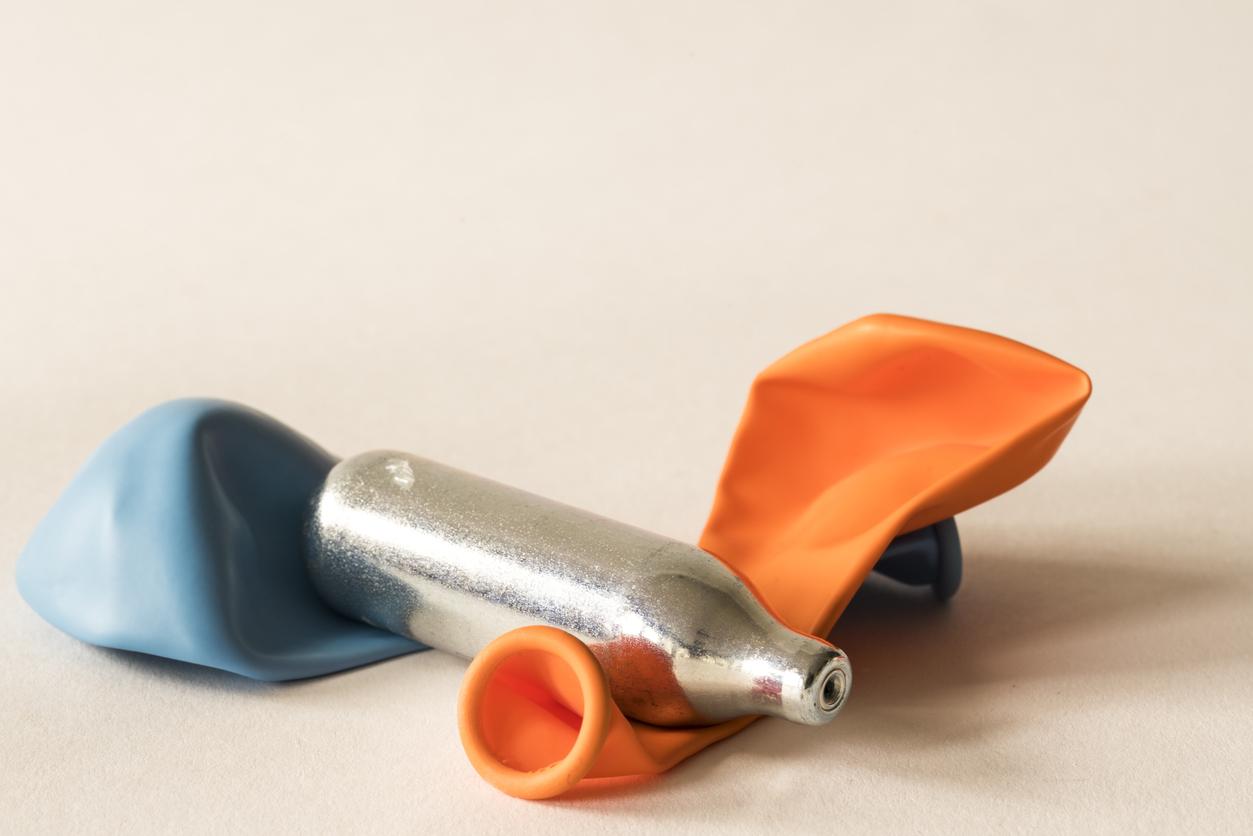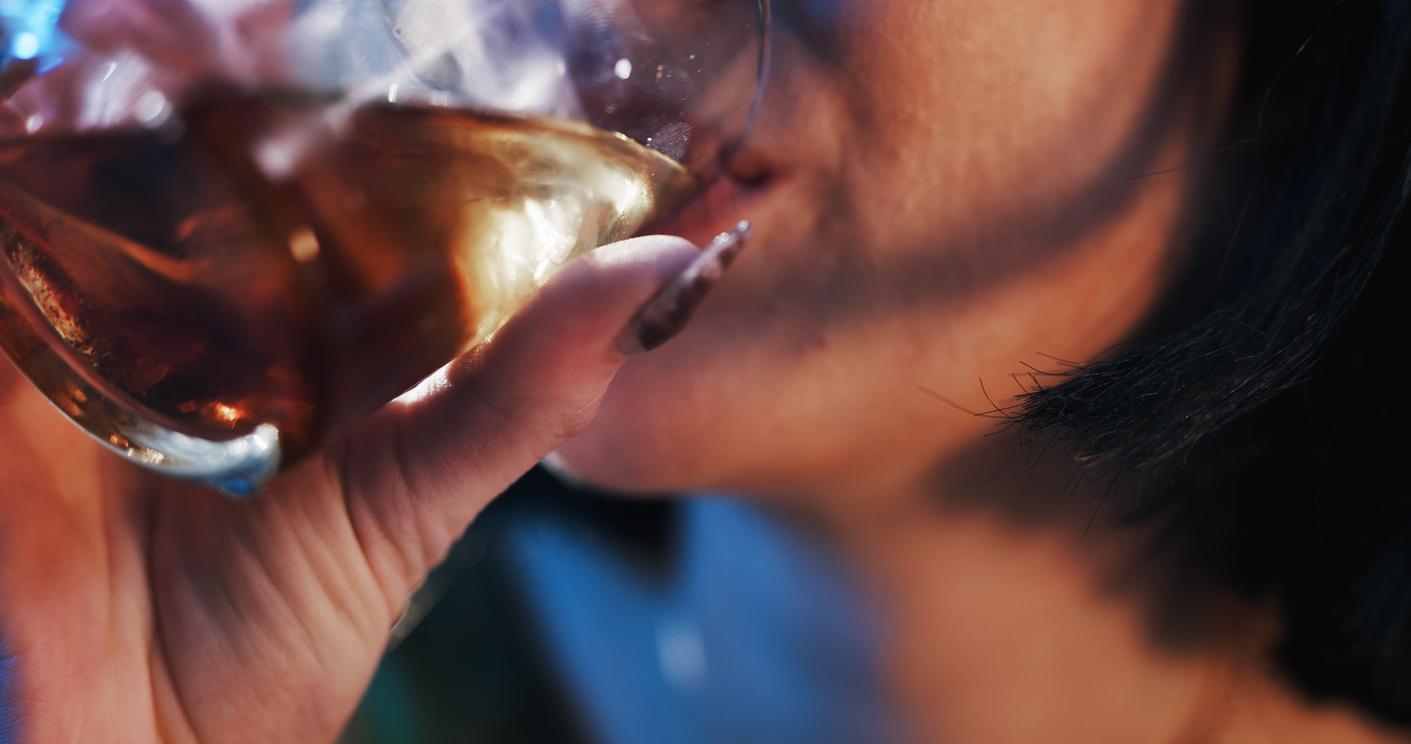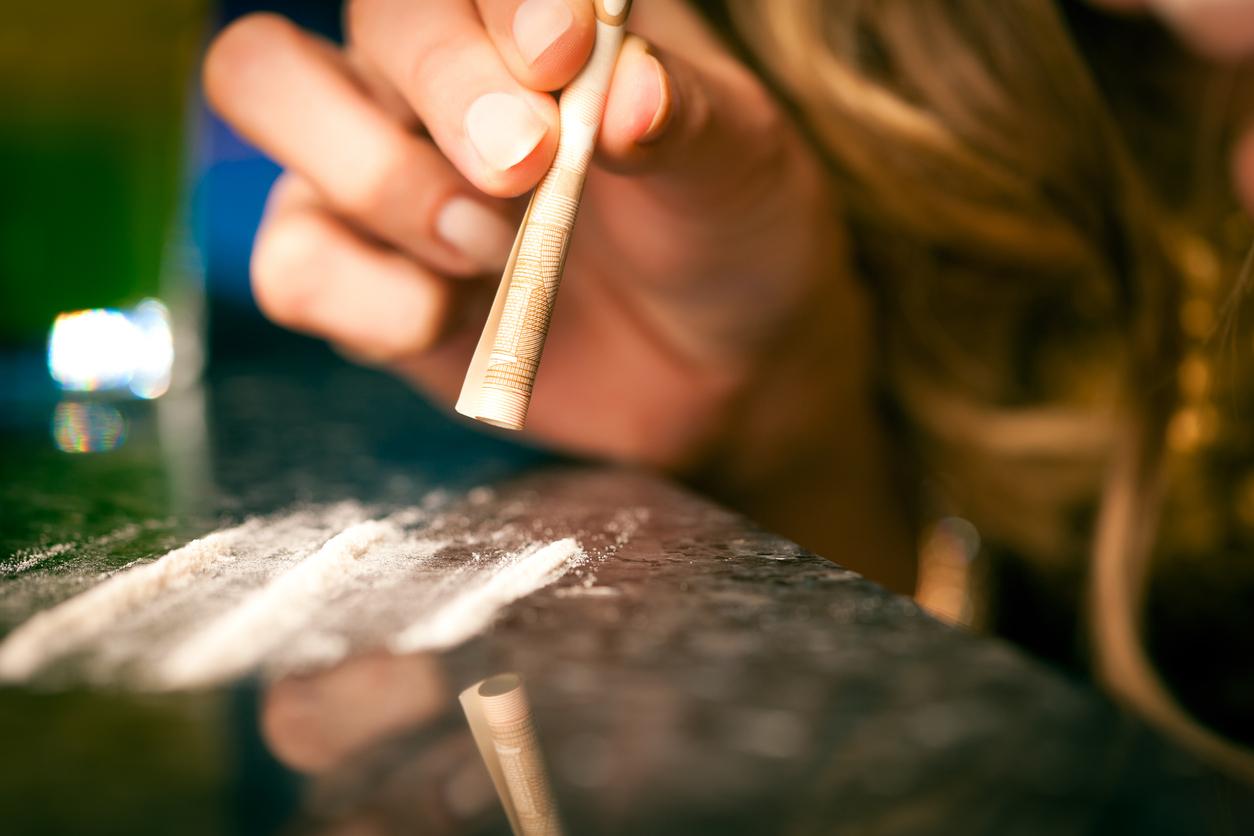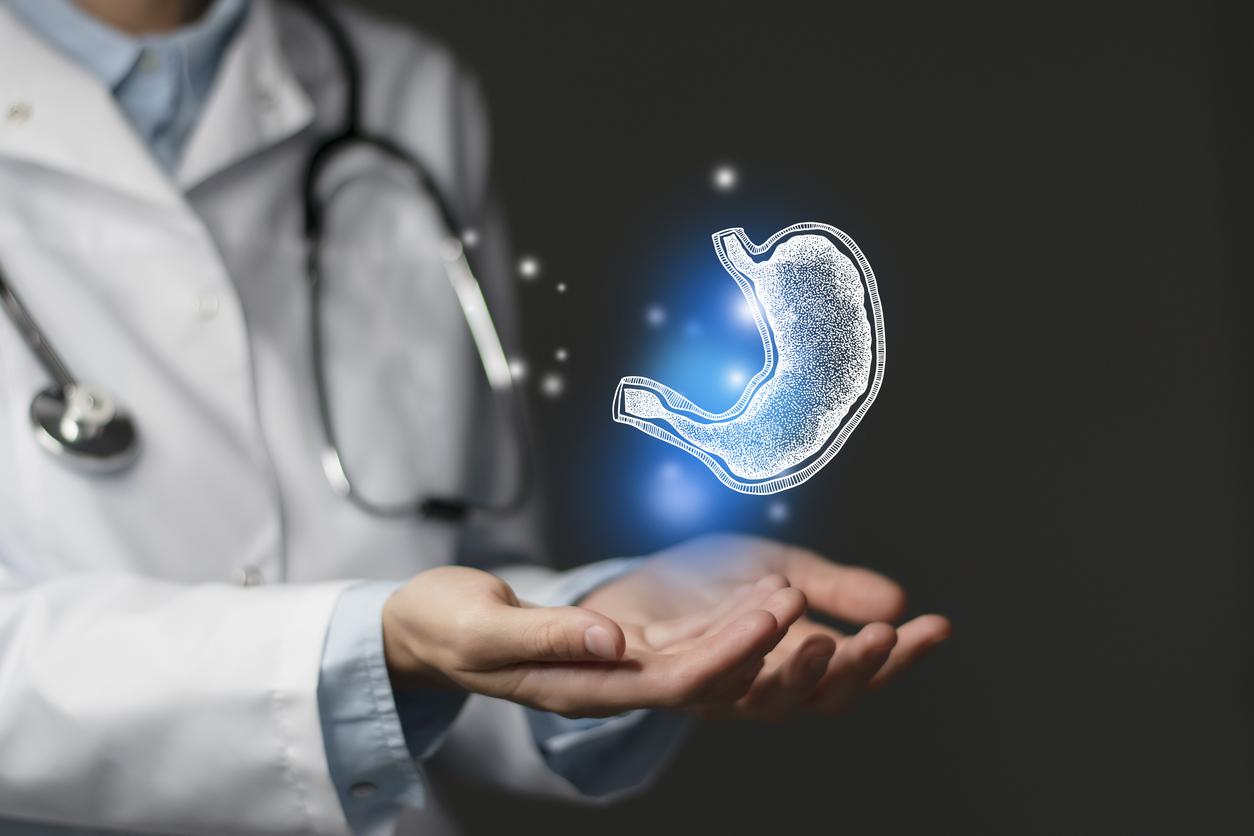Banned from the world of research since the 1970s, LSD has been back in laboratories for about ten years. Focus on this controversial substance on the occasion of the exhibition on the book “LSD: my terrible child” which is currently being held in Bern, Switzerland.

LSD is back on the medical scene. Considered since 1971 by the United Nations as an illicit psychotropic, this hallucinogenic substance was banned from research for nearly 40 years until a few years ago, reports Agence France Presse on the occasion of an exhibition which will be held until next January 11 at the Swiss National Library in Bernes (Switzerland) on the book LSD: my enfant terrible. This controversial work was written by Dr. Albert Hofmann (1906-2008), who after discovering this drug, spent the rest of his life trying to prove its therapeutic virtues.
Today, some LSD-based research is allowed again. In 2014, a phase II study carried out by Dr. Peter Gasser, a Swiss psychiatrist and psychotherapist, had been particularly publicized. Funded by a Californian institute, the Multidisciplinary Association for Psychedelic Studies (MAPS), she tried to understand how LSD could help patients manage their anxieties after the diagnosis of cancer at an advanced stage.
“One of the volunteers was a 57-year-old man with oesophageal cancer. He had a difficult history and a conflicted relationship with his father, who had died 20 years earlier. body was dissolving, then rising, rising, flying in the sky. And there he met his dad. Who gave him a nod of acceptance. We were then able to work on this subject and he had a feeling of reconciliation, appeasement, liberation,” Dr. Peter Gasser reported to the daily. The morning.
With LSD, “better understand the thoughts of patients”
It was in 1938, in a laboratory in Basel, that Doctor Hofmann discovered LSD during research to manufacture a drug against migraine. While manipulating a 25th declension of rye ergot molecule, he feels something strange. Curious, he ingests a large dose and then begins to have powerful hallucinations. Professor Arthur Stoll, who directs the research, then offers his son, a psychiatrist, to test it with patients to try to alleviate their neuroses and anxieties before finally distributing it more widely on an experimental basis. At that time, the notice given to doctors explains to them that this substance triggers a kind of temporary artificial psychosis that can allow them to better understand the thoughts of their patients.
From the mid-1950s, publications relating to LSD began to interest intellectuals beyond the medical world, and unsurprisingly, the drug made its appearance in artistic and literary circles, notably via the figure of the professor of psychology Timothy Leary, who will eventually be fired from his job at Harvard for sharing drugs with his students.
A gradual ban on LSD from the mid-1960s
Years pass and LSD becomes an emblem of the American counter-culture: first of the beat generation then of the hippies. Personalities such as Allen Ginsberg or Ken Kessy openly advocate its use. But with the increase in the consumption of this substance, come the stories of bad trips. Among the reported effects – the latter lasting from five to twelve hours – consumers mention euphoria with giggles, muscle cramps, tremors, a change in the feeling of heaviness, heart rhythm disturbances, hypotension, dilation of the pupil, nausea or vomiting.
And if most people recover from it, in some people, LSD causes serious and lasting psychiatric accidents from the first take, hallucinations can cause anxiety, phobias or even acute delirious puffs.
This is why, in 1966, the State of California, then led by Ronald Reagan, prohibited its use. LSD goes from a popular product to a dangerous product and, in the four corners of the globe, the authorities begin to ban it gradually. In 1968, it was the turn of Switzerland, his country of birth, to banish him from its borders. Trying somehow to defend “his baby”, Dr. Hofmann then publishes his famous LSD: my enfant terrible. “If we managed to know how to better use, in a medical practice in relation to meditation, the capacities of LSD, to provoke visionary experiences under certain conditions, then, I believe that from a terrible child, he could become a child prodigy “, he writes.
A timid return to the laboratories
No offense to him, five years later, a convention on narcotics classifies this drug in the list of “substances having a potential for abuse poses a serious risk to public health and low therapeutic value”: LSD is officially worldwide illegal and banished from the laboratories. Until 1988, when Switzerland again authorized therapists to use it to treat eating disorders in depressive states. The research will be stopped in 1993.
In 1991, the FDA authorized a test protocol with pyschedelics for the treatment of addictions. Then, in 2012, a meta-analysis of six studies highlighted a link between a single dose of LSD and a reduction in alcohol abuse among alcoholics. However, we are still a long way from a return to grace for drugs.
“A taboo has been broken. But for the pharmaceutical industry it is not a ‘business’ because we would take LSD at most 3-4 times in a lifetime as part of therapy. As for the universities, they will hesitate for image issues, for fear of being linked to this product with a sulphurous reputation which arouses a lot of rejection”, explains Dr Peter Gasser at Morning. And to clarify: “be careful, I am not at all a prophet of liberalization or of whatever. We are talking about a product that can be dangerous. I am simply saying that LSD is neither the the devil nor a magic product offering revelation. But a substance which, with serious supervision and adequate knowledge, has significant potential in psychotherapy”.

.

















